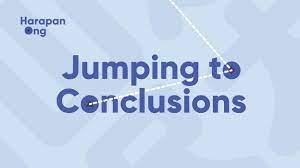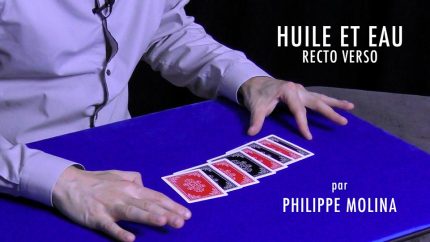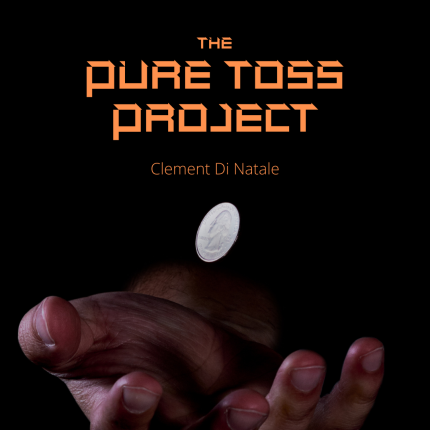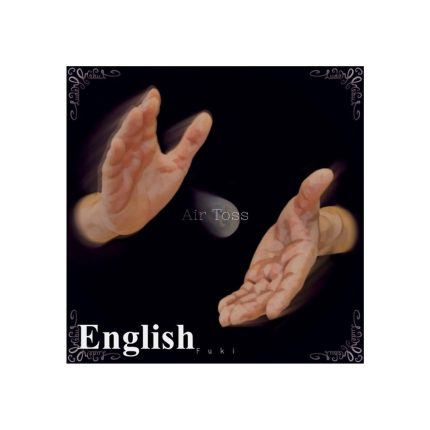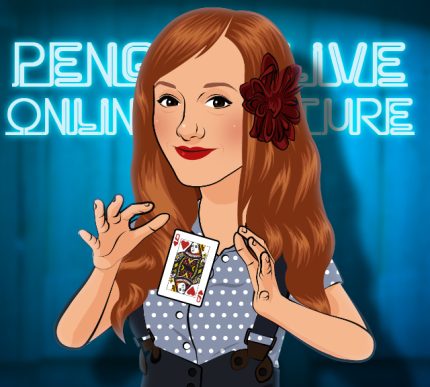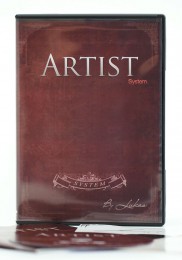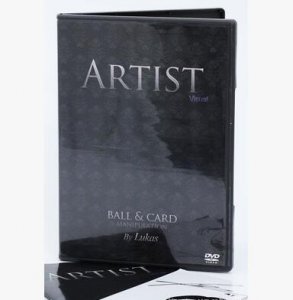Prepare to be amazed! Harapan Ong’s “Jumping to Conclusions” is a mind-blowing effect! A spectator freely chooses an image, yet I, with my mystical prowess, reveal their thought! Get yours today! (159 characters)
Product information
Jumping to Conclusions by Harapan Ong
Discover the magic of Jumping to Conclusions, a mesmerizing and easy-to-perform trick from the brilliant mind of Harapan Ong. This effect, inspired by Max Maven’s classic Drawing Conclusions, is reimagined with a modern twist and a jaw-dropping finale that will leave your audience speechless.
Why This Trick is Unforgettable
- Fair and Unpredictable: The volunteer makes genuinely free choices, and the outcome is different every time.
- Completely Hands-Off: Your helper can cut the deck as many times as they want while you look away.
- Mind-Blowing Revelation: Despite impossible odds, you reveal their chosen image in a way they’ll never see coming.
How It Works
In this trick, a pack of abstract images is shuffled, and your volunteer is given complete control. They can cut the deck as many times as they wish, and when they’re ready, they tell you to stop. You start dealing cards to the table, and they quietly select one image, shuffle it back into the deck, and yet—without any clues or hints—you manage to find it. But wait, there’s more! As you rearrange the remaining cards, they spell out the very image they chose, leaving everyone in awe.
Why You Need This in Your Repertoire
Perfect for both beginners and seasoned magicians, Jumping to Conclusions is designed to stun and amaze. With no switches or tricky moves, this effect is clean, fair, and foolproof. Add this gem to your magic toolkit and watch as your performances reach new heights.
A super easy-to-do, fooling effect from Harapan Ong with a stunning ending they’ll never see coming.
“Jumping to Conclusions” is Harapan’s take on Max Maven’s classic “Drawing Conclusions” effect (released with his permission). Harpan’s modified handling makes the concept fairer than ever. Your helper makes genuinely free choices and the result is different each time.
A pack of abstract images is given a quick mix. Your volunteer can even cut it as many times as they want before you turn your head away and start dealing cards to the table. Whenever they want, they tell you to stop. It’s a totally free choice and they can even change their mind.
With your head still turned, they look at their image and then shuffle it back amongst the other cards (let’s say they chose the “door). There is seemingly no way you could know what image they chose, or where it’s located in the pack. Despite these impossible odds, you start searching through the cards as you attempt to pluck the thought from their brain. Without them saying anything, you remove a few possibilities and line them up on the table. They still don’t say a word as you start eliminating some of these cards.
With just a few possibilities remaining, you finally ask if you’re on the right track. Shockingly, they say “no” because you’ve already eliminated their image…or so they think.
Without any switches or weird moves, you prove that you knew which image they chose all along. You cleanly rearrange the remaining abstract images to show that they’re not as random as they seem. They actually spell out the word “door” (or whichever image they chose).


